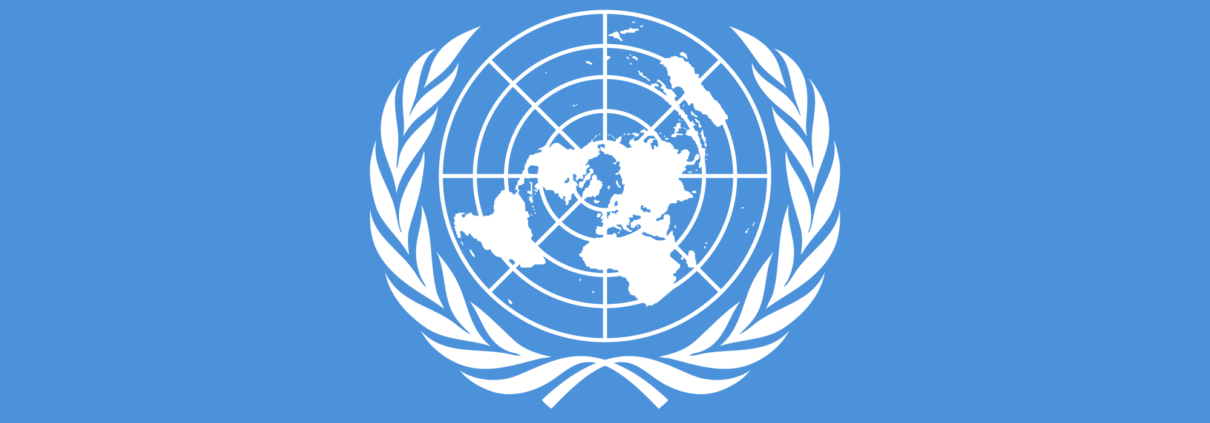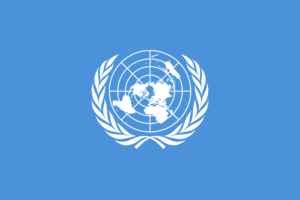REDD+ and UN-REDD Programs
REDD+ and UN-REDD Programs
The greatest success of the 2015 Paris Agreement is that 195 nations agreed to take action against climate change. Their goal is for all participating countries to be carbon neutral between 2050 and 2100. The United Nations estimates that deforestation and loss of forests account for 17 percent of carbon emissions. This goal cannot be met without addressing the deforestation and forest degradation occurring outside of North America. For more information, refer to the UN’s Global Forest Resources Assessment of 2015 in the resources below.
REDD+
Two programs that support this agenda are the REDD+ and UN-REDD programs. Their goal is to incentivize developing countries to sustainably manage their forests in order to reduce climate change. According to the United Nations website, “REDD+ incentivizes developing countries to keep their forests standing by offering results-based payments for actions to reduce or remove forest carbon emissions.” There are three phases toward program implementation.
1. Develop a strategy supported by grants
2. Implement strategy supported by grants to receive payments for carbon reductions
3. Continue implementation of REDD+ strategy
According to the Forest Carbon Partnership Facility, which exists to assist countries in their REDD+ program efforts, there are 47 developing countries participating in REDD+ (18 in Africa, 18 in Central and South America, and 11 in Asia).
UN-REDD
However, not all countries have the infrastructure in place to jump into the REDD+ program. The UN-REDD program assists countries to develop the capacities needed to meet the REDD+ requirements, “so that they can qualify to receive results based payments under the convention.”
One difference between the REDD+ and UN-REDD programs is that the UN-REDD program works more closely with indigenous people and communities that depend on their forests for survival.
Case Study: Zambia
According to the UN-REDD’s Project Factsheet, Zambia has 50 million hectares of forests and loses between 250,000 to 300,000 hectares of forests per year. Charcoal production is the primary cause of deforestation in Zambia. It’s used as fuel for cooking and heating in most Zambian homes. Because it’s widely used, demand for it is constant. Their economy depends on charcoal because there’s already the infrastructure in place to produce it with the wood the forest supplies. One of the primary goals of the program is to steer their economy away from charcoal.
This is not without its challenges. It’s estimated that 75% of Zambians are without electricity and developing an alternative energy source will take time. However, with strong support from the international community, United Nations staff and supporters are hopeful that countries like Zambia can reduce their carbon emissions by preserving and sustainably managing their forests through these programs.
As of October 2026, there are 64 participating countries in the UN-REDD program.
Resources
- Global Forest Resources Assessment 2015
- About REDD+ and UN-REDD
- Factsheet Zambia
- Charcoal in Zambia
- The Redd Desk: Zambia
This is the fourth of a five-part series on forests and climate change. Previous article topics are listed below:
The Carbon Cycle
How Foresters Limit Their Carbon Footprint
How Forest Certification Non-Profits Were Born
Coming Next:
The Future of Forestry




